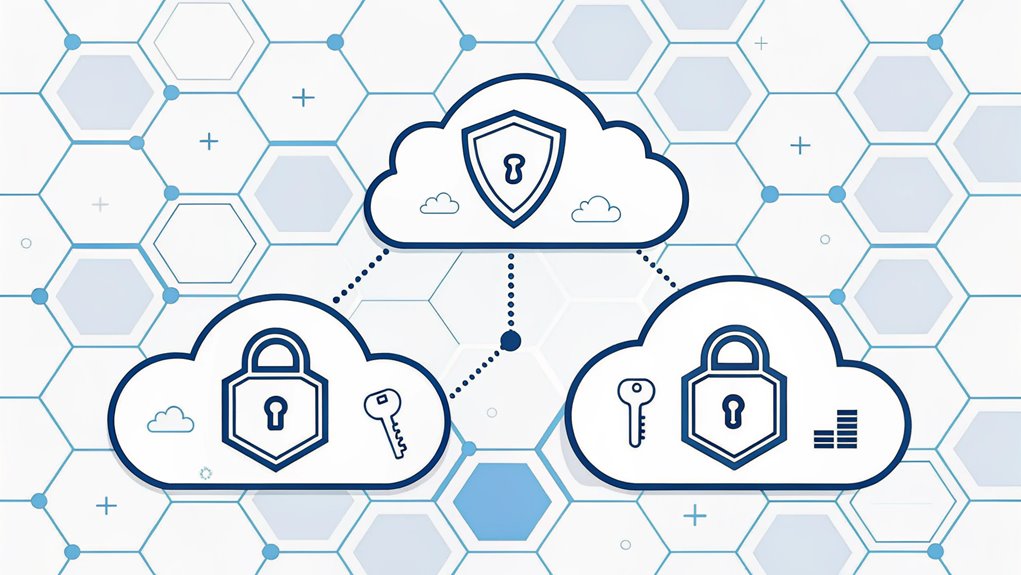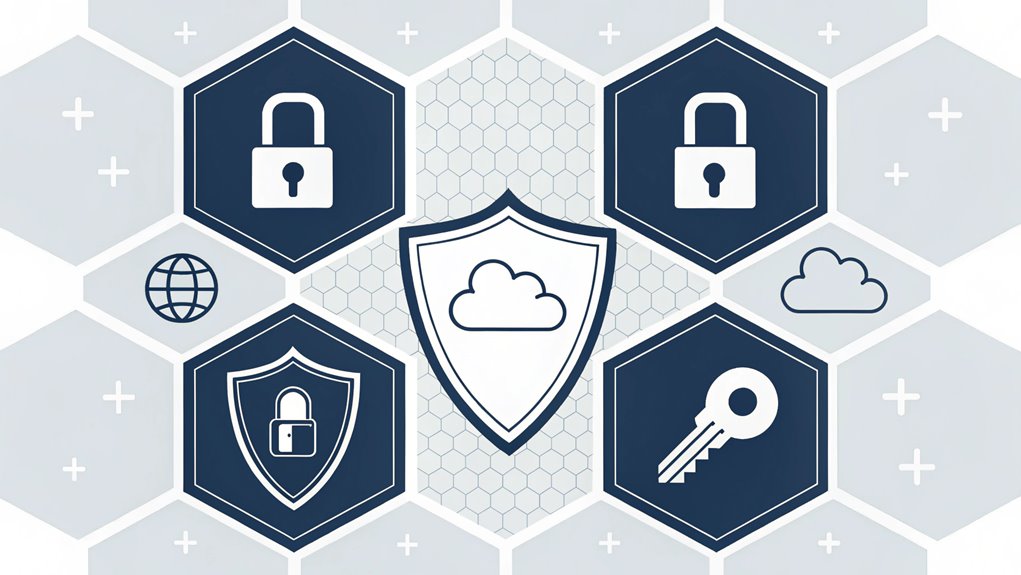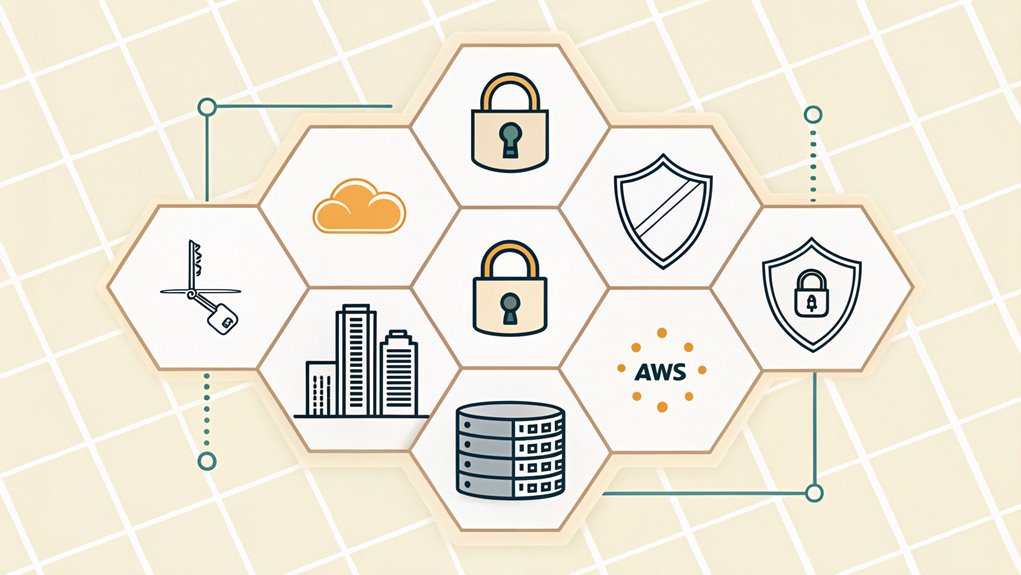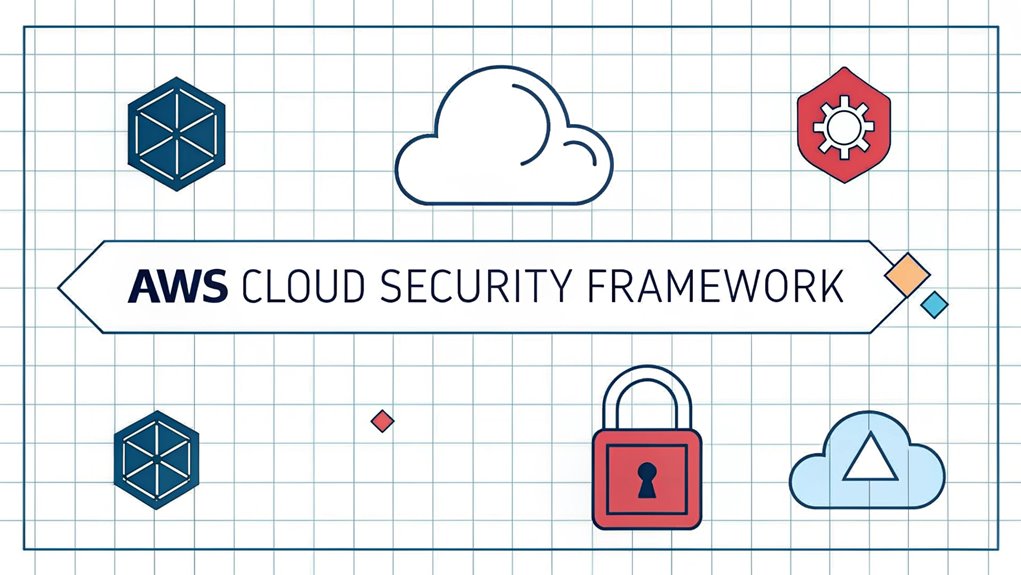Leaked passwords are a growing concern in the realm of cybersecurity, as they often surface in data breaches and leaks from various online platforms, exposing sensitive user information. When passwords are compromised, they can end up on the dark web or be used in credential stuffing attacks, allowing cybercriminals to gain unauthorized access to multiple accounts. The significance of leaked passwords lies not only in the immediate risk they pose to individual users but also in their potential to undermine trust in online security measures. As more people rely on digital services, understanding the implications of leaked passwords becomes crucial for users who must take proactive steps to safeguard their credentials and personal data.
Key Highlights
- AWS Cloud Security Framework is a comprehensive system that combines governance, security controls, and shared responsibility between AWS and customers.
- It integrates identity management, data protection, infrastructure security, and continuous monitoring to safeguard cloud resources and data.
- The framework implements multiple security layers including IAM, encryption services, network isolation, and threat detection tools.
- AWS provides built-in security services like GuardDuty, Shield, and CloudTrail to protect against threats and maintain compliance.
- The framework follows a security-by-design approach, establishing baseline security standards and best practices for cloud environments.
Fundamentals of AWS Security Framework

While organizations migrate to AWS cloud services, understanding the fundamental security framework becomes critical for protecting digital assets.
Think of it like building a super-secure treehouse – you need strong walls, a good lock, and rules about who can climb up!
Let me show you the cool parts! First, there's Security Governance, which is like having playground rules everyone follows. Regular security assessments help ensure that these network security risks are identified and addressed promptly.
Then there's Security Assurance, which checks if those rules are working – just like when a teacher watches during recess.
Have you heard of the Shared Responsibility Model? It's like when you and your parents share chores – AWS handles some security tasks, and you handle others.
The framework uses special tools called Cloud Security Capabilities to keep everything safe, just like how a superhero uses different powers to protect their city!
AWS Security Components and Infrastructure
A robust security architecture forms the backbone of AWS's cloud infrastructure, consisting of four essential pillars: Identity and Access Management, Data Protection, Infrastructure Protection, and Detection and Monitoring.
Think of Identity and Access Management like having a special pass to get into your favorite playground – you need the right permission to play!
Data Protection is similar to keeping your favorite toys safe in a locked treasure chest.
Infrastructure Protection works just like building a strong fort – we use things called VPCs and firewalls to keep the bad guys out.
And Detection and Monitoring? It's like having a super-smart guard dog that watches for anything suspicious.
Have you ever played "capture the flag"? That's exactly how AWS protects your data – we guard it carefully while letting the right people access it. The AWS security framework implements least privilege access to ensure users only have permissions they absolutely need.
Key Security Services and Tools

The four security pillars of AWS come to life through specific services and tools designed for each protective layer.
I'll show you how AWS keeps your data safe, just like a superhero protects their city! Think of it like having different types of locks on your treehouse – each one does something special to keep the bad guys out.
- Data Protection – I use tools like KMS to lock up your data with special keys, and Macie to spot important information like secret codes.
- Identity Management – It's like having a special badge that only lets certain people into different rooms.
- Infrastructure Protection – AWS Shield works like a force field to stop cyber bullies. Using AWS WAF, you can protect your web applications from common exploits.
- Threat Detection – GuardDuty is like a security camera that watches for suspicious activity.
Building Secure AWS Environments
Building secure AWS environments begins with a robust foundation of layered security practices and cloud-native tools. I'll show you how to protect your cloud just like you protect your favorite toys in a treasure chest! Let's look at the key ways to keep your AWS environment safe and sound. Today's businesses trust AWS as it holds 32% of cloud market share for reliable security solutions.
| Security Area | What It Does | Why It Matters |
|---|---|---|
| Design | Plans safety first | Like drawing a map before an adventure |
| Infrastructure | Creates safe networks | Like building strong castle walls |
| Compliance | Follows rules | Like following playground guidelines |
| Response | Fixes problems fast | Like having a first-aid kit ready |
Think of AWS security like building a super-secure tree house. You need strong walls (that's your VPC), a secret password (that's IAM), and special lookouts (like GuardDuty) to watch for any trouble. Isn't it cool how we can make our cloud as safe as a fortress?
AWS Security Best Practices

While securing AWS environments requires careful planning, implementing proven best practices forms the cornerstone of a robust cloud security strategy.
I'll show you how to protect your cloud just like you protect your favorite toys at home! Think of AWS security like building a fortress – you need strong walls, a careful guard at the gate, and special hiding spots for treasures.
- Start with a security baseline – it's like having rules for a game of tag. Regular updates and monitoring are essential to maintain this baseline.
- Control who gets to play using IAM – just like picking team captains wisely.
- Keep data safe with encryption – imagine putting your secrets in an unbreakable magic box.
- Watch for trouble with monitoring – like having a lookout during hide-and-seek.
Regular security training and education helps prevent oversights in cloud security implementation.
Remember to check your security regularly, just like you check your bicycle locks!
Real-World Security Implementation Strategies
Implementing robust security strategies requires more than theoretical knowledge – it demands practical, real-world solutions that adapt to your organization's specific needs.
Think of it like building a castle to protect your treasures! I'll show you how we make our cloud fortress super strong.
First, we create special rooms (we call them VPCs) to keep different things separate – just like how you keep your toys organized in different boxes. Additionally, we ensure that all entrances to our castle have MFA options to enhance security against unauthorized access.
Then, we use special locks (that's encryption) to protect our important stuff, kind of like how you might've a secret diary with a special code.
We also have smart guards (like GuardDuty) that watch for any bad guys trying to sneak in.
And just like having a fire escape plan at home, we make sure we're ready if something goes wrong.
Regular security audits and assessments help us find and fix any weak spots in our defenses.
Frequently Asked Questions
How Do AWS Security Framework Costs Compare to Traditional On-Premise Security Solutions?
Let me tell you about AWS security costs compared to old-school security!
It's like choosing between a streaming service and buying lots of DVDs. AWS is cheaper to start with – you only pay for what you use, just like getting ice cream scoops.
Traditional security needs lots of expensive computers and people to run them. Plus, AWS automatically updates itself, while old systems need constant fixing, like a broken toy!
What Certifications Do I Need to Effectively Manage AWS Security Frameworks?
I'd recommend starting with the AWS Certified Security – Specialty certification.
It's like getting your superhero badge for cloud security! You'll learn cool stuff about protecting data, just like having a special lock for your treasure box.
Before that, grab some basic AWS certifications like Solutions Architect Associate.
Think of them as building blocks – you wouldn't jump straight to the hard levels in a video game, right?
Can AWS Security Frameworks Integrate With Third-Party Security Tools?
Yes, I can tell you that AWS security frameworks work great with other security tools!
Think of it like building with LEGO blocks – you can snap different pieces together to make something even better.
I've found that AWS lets you connect tools from companies like Wiz to watch over your cloud stuff.
It's cool because these tools share information using special formats, making everything work smoothly together!
How Long Does Implementing a Complete AWS Security Framework Typically Take?
I'll tell you straight – implementing AWS security isn't like making a quick sandwich!
For small companies, it usually takes 2-6 months, while bigger ones need 6-24 months.
If you're in a super-strict industry (like banks), it might take 1-3 years.
Think of it like building a giant LEGO castle – you've got to put each piece carefully in place to keep everything safe and secure.
What Happens to Security Frameworks During AWS Service Outages or Disruptions?
Let me tell you what happens when AWS has an outage – it's like when your favorite video game suddenly stops working!
During outages, important security tools might stop working properly. I've seen monitoring systems go dark, just like when the lights go out during a storm.
Your protection systems mightn't catch bad guys trying to sneak in. That's why I always recommend having backup plans ready, like keeping a flashlight for blackouts!
The Bottom Line
As we dive deeper into the AWS Cloud Security Framework, it's clear that protecting our digital assets is more important than ever. Just as AWS equips us with top-notch security tools, we must also take charge of our personal security, starting with our passwords. Weak or reused passwords can leave us vulnerable, which is why effective password management is crucial.
Consider utilizing a dedicated password manager to streamline this process and enhance your security. With a password manager, you can store and organize your passwords securely, ensuring that each one is strong and unique. Not only does this help protect your accounts from unauthorized access, but it also simplifies your online experience.
Ready to take your password security to the next level? Check out LogMeOnce and sign up for a free account today! Take control of your digital security and keep your information safe.

Mark, armed with a Bachelor’s degree in Computer Science, is a dynamic force in our digital marketing team. His profound understanding of technology, combined with his expertise in various facets of digital marketing, writing skills makes him a unique and valuable asset in the ever-evolving digital landscape.





 Password Manager
Password Manager
 Identity Theft Protection
Identity Theft Protection

 Team / Business
Team / Business
 Enterprise
Enterprise
 MSP
MSP



